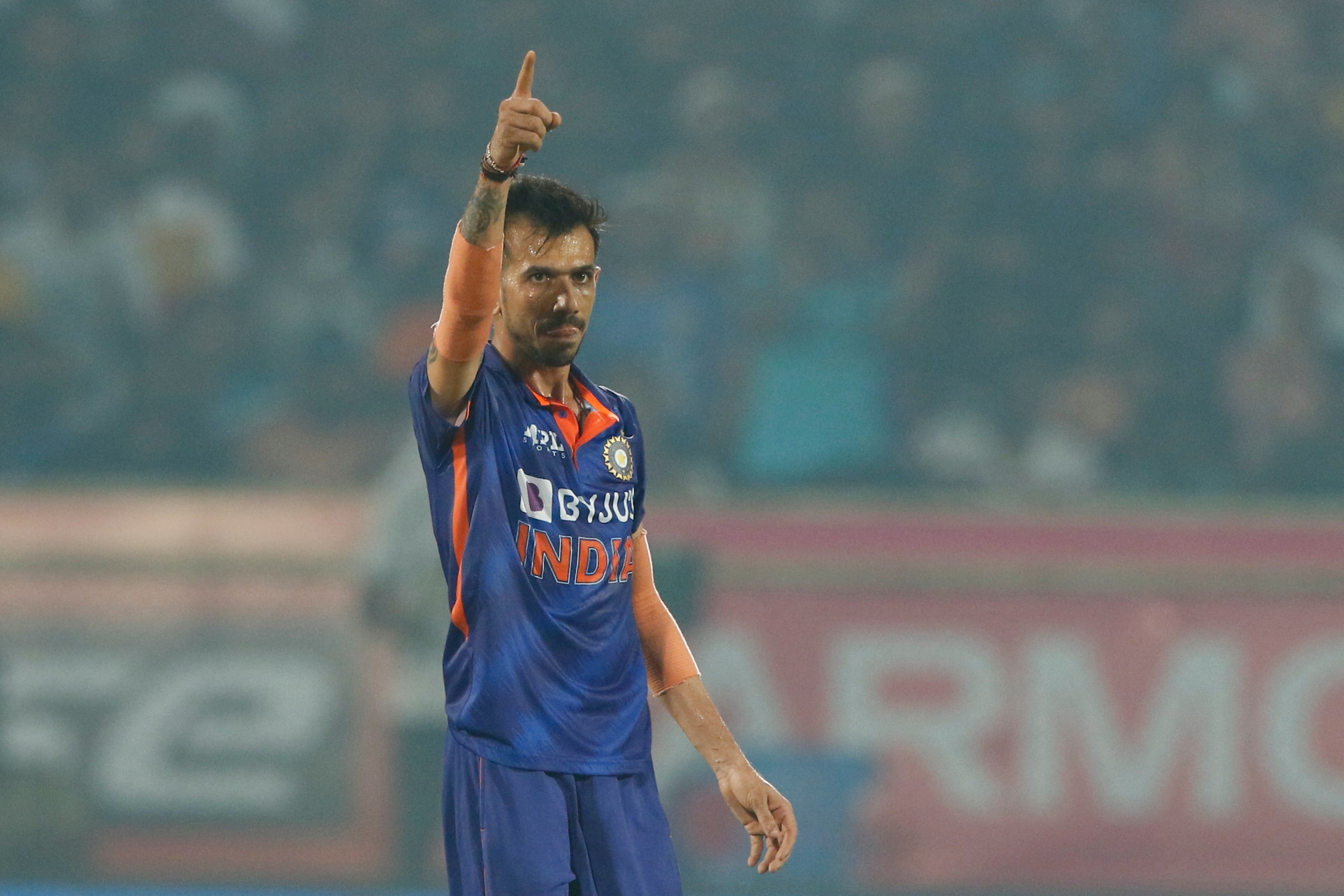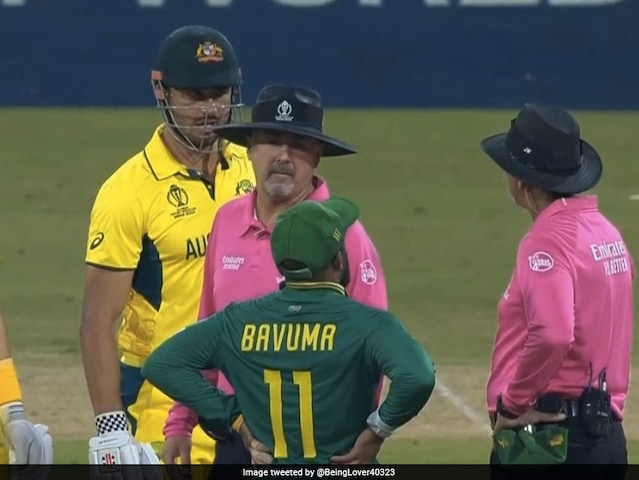Women of the Bonda tribe, a forest-dwelling community, in their village in Odisha’s Malkangiri district bordering Andhra Pradesh. Classified as one of India’s Particularly Vulnerable Tribal Groups, the Bonda tribal people traditionally used only beads and a strip of cloth to cover their bodies.
| Photo Credit: K.R. Deepak
As Union Finance Minister Nirmala Sitharaman on Wednesday announced to launch the Pradhan Mantri PVTG (Particularly Vulnerable Tribal Group) Development Mission in order to saturate the PVTG families and habitations with basic facilities, Odisha being home to the highest number of PVTG communities in the country, is likely to be benefited the most.
In fact, given the amount of experience Odisha possesses in handling focused and holistic programmes for PVTGs in the past decade, the State could be a first as well as best-mover among all States as far as the newly announced tribal programme was concerned.
Of the 75 PVTGs identified in India, 13 such tribes live in Odisha. As per the 2018 baseline survey, 2,49,609 persons belonging to PVTGs (58,708 households) live in 1,679 habitations in 14 districts of the State.
Union Finance Minister, in her Budget speech, said an amount of ₹15,000 crore would be made available to implement the mission in the next three years, under the Development Action Plan for the Scheduled Tribes. It would be spent on basic facilities such as safe housing, clean drinking water and sanitation, improved access to education, health and nutrition, road and telecom connectivity, and sustainable livelihood opportunities.
More than four decades ago, Odisha had implemented a micro project to address the basic needs and behavioural change of PVTGs in the State. At present, there are 20 micro projects focusing on the development of PVTGs.
Beneficiary of CCD scheme
Odisha has also been a beneficiary of the Conservation cum Development (CCD) scheme, for which the Union Ministry of Tribal Affairs allocates 100% financial assistance to the State Governments having PVTG communities.
Odisha has already made a move towards the PVTG-focused programme without knowing that such a national mission is coming up.
Since 2015, the Naveen Patnaik Government had launched the Odisha PVTG Empowerment and Livelihoods Improvement Programme (OPELIP) at an estimated expenditure of ₹711 crore, spread over seven years. The State government had secured 46% assistance for the OPELIP in the shape of a loan from the International Fund for Agricultural Development. Under this programme, 542 habitations have been taken up for intervention.
“With lessons learnt from OPELIP implementation, Odisha is best placed to handle the Pradhan Mantri PVTG Development Mission. The State has been able to reach the last habitation of PVTG, through the programme. The government has already found out the gap,” said A. B. Ota, one of the country’s foremost tribal researchers.
Dr. Ota said the challenge for the national mission would be to bring out behavioural change. “Making development projects available to PVTGs is one aspect, but educating them to accept projects is a difficult task. This will be time-consuming. During the OPELIP implementation, the government has successfully oriented PVTGs to accept newer development model,” he pointed out.
OPELIP Programme Director P. Arthanari said the outcome of the State’s PVTG focused programme in agriculture, income generation, health and behavioural change were widely appreciated.
Odisha has 13 PVTGs followed by 12 in Andhra Pradesh and nine in Bihar. Some of the PVTGs such as Bonda, Dongria Kondh and Kutia Kondh live in high mountainous altitude and connecting their habitations with all-weather road infrastructure and health and educational institutes, would be a challenge for the respective governments.












